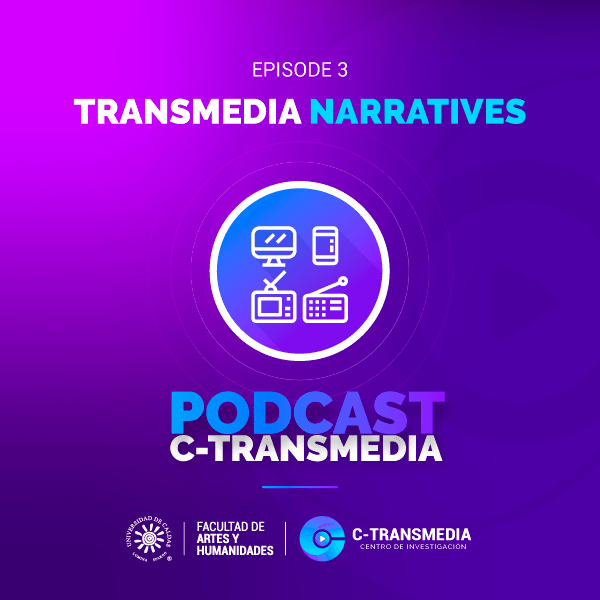
Transmedia Narratives
A story always hides behind it a secret tale, which is made known through multiple channels. Through these, a whole new world of unique experiences and entertainment is created. This is a narrative, a true Transmedia Narrative.
Transmedia Narratives
21.06.2021
The world of men is a gigantic ocean of stories. The deeper we go into it, the more the stories of gods, religions, utopias, wars and entire nations appear among its letters and lines. This innate ability to tell stories has been what has allowed humanity to conquer the world, create and know others. Storytelling is an oral, written, visual or audio description of a real or fictitious event. That story or that series of events are connected to each other, through narrators, characters, places or through different platforms or devices.
I am going to make you a proposal and you must make a decision. In my right hand I have a blue pill, if you take it this story ends here and you wake up in your bed believing whatever you want to believe about the transmedia world. And in my left hand I have a red pill, if you take it you will know the truth about transmedia universes. It’s your decision, which one do you choose? Remember that everything I offer you is the truth and nothing else.
You have chosen well, although I warn you, once you know the truth, there is no turning back. You cannot choose to know something and then not know it.
The red pill has opened the door to transmedia storytelling, just as Nio, in The Matrix, learned that the world he had seen was the deception of an evil cybernetic intelligence. Leading its producers, the Wachowski brothers, to expand the narrative world of The Matrix to video game platforms, two more movies to close the trilogy and a series of comics by prestigious artists on its website.
Was The Matrix the first transmedia storytelling experience? No, my dear Padawan. On May 25, 1977, Star Wars was released in the United States. Little did anyone know that one of the most powerful content fleets in contemporary mass culture was being launched. Film franchises have been one of the sources that have most motivated the creation and expansion of narratives, both transmedia (extending the story to other formats, which make sense on their own and it is not necessary to experience the whole to understand them separately) or in crossmedia narratives (extending the story to other formats as in transmedia but, these do not make sense on their own, it is necessary to experience the whole to understand them).
The progress of new technologies, the rise of online platforms, the proliferation of social networks and a fully “multiscreen” and prosumer audience -content producer/consumer-, have made necessary the simultaneous presence of content throughout the digital environment.
To achieve full immersion in a transmedia narrative is necessary, according to Henry Jenkins, of seven principles: Expansion vs. Depth, Continuity vs. Multiplicity, Immersion vs. Extractability, World-building, Seriality, Subjectivity and Realization. Thus a transmedia universe and narrative is born, organically, by motivations of viewers, consumers and content producers, who want to tell new stories, with new characters or with the same characters.
By Andrea Ortega Jiménez
Communications Area
C-Transmedia